There is no denying that contemporary gaming consoles offer stunning graphics and effects. If you were born after 2000, you probably take the superior game quality for granted. However, at the dawn of the video game console development things were pretty different.
If you are an 80’s or 90’s child, you must have felt the genuine pleasure of inviting friends over to your house as you were the first kid in the neighbourhood who got the latest console.
- A Journey of a Thousand Miles Begins with a Single Step
- Odyssey Console Series and Atari’s Grand Entrance
- The Late 70s – Nintendo, Mattel, and Philips in the Spotlight
- The Early 80s – The Golden Era
- Late 80’s – Clash of the Titans
- Early 90’s- Video Game Consoles (R)evolution
- Late 90’s – Players Get Spoilt for Choice
- Early 2000’s – Nintendo, Microsoft, and Sony Enjoy International Fame
- 2005-2010 – Reign of the Goliaths
- 2011- Today – Commemorating the Past and Looking towards the Future
Anyway, no matter how old you are, no matter if you still play games or not, you might be curious to look behind the scenes and see how video game consoles have evolved throughout the years.
A Journey of a Thousand Miles Begins with a Single Step
The Brown Box
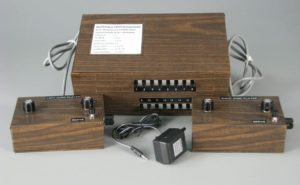
The year 1967 saw the creation of the first video game console. The device, known as the Brown Box, was essentially a rectangular brown wooden box with two attached controllers. It was invented by Ralph H. Baer, “the Father of the Video Games”. The console was designed to connect to TV sets and players had a total of six games at their disposal – tennis, ping-pong, handball, volleyball, chase, and a light gun game.
Magnavox Odyssey
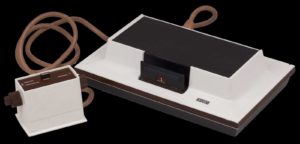
Back in 1972, Magnavox released the first home video game console – the Magnavox Odyssey. Back then, it must have been the most sophisticated piece of gaming merchandise, although I bet contemporary players will consider the lack of sound plain ridiculous.
Odyssey Console Series and Atari’s Grand Entrance
In 1975, Magnavox decided to improve the Odyssey system and started rolling out new models on a regular basis. Although each released console outshined its predecessor in terms of graphics, controllers and performance, the number of compatible games remained largely the same.




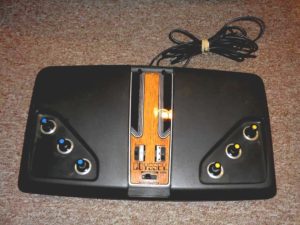
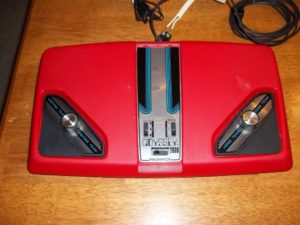
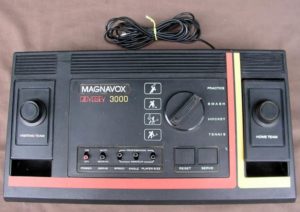
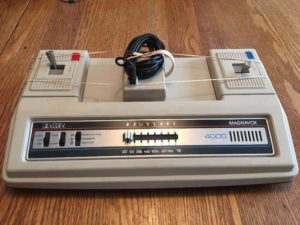
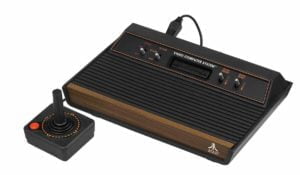
However, the Magnavox devices faced the competition of the highly acclaimed Atari 2600.
Meanwhile, Fairchild, Coleco and Stunt Cycle also entered the video game console market.
As a matter of fact, Fairchild failed to gain a considerable market share but Coleco Telstar was a different story. Its debut caused a lot of excitement as it enabled players to play games in color and complete different difficulty levels. Coleco unleashed Telstar Ranger, Alpha, Colormatic, and Combat consoles. On top of that, General Home Products brought the Wonder Wizard to players’attention.
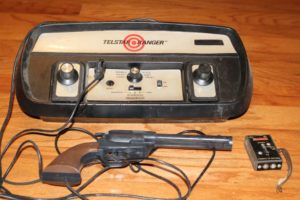
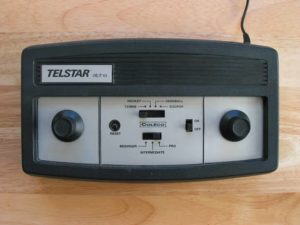
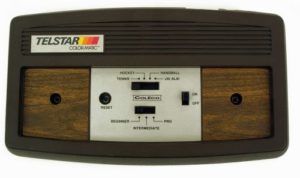
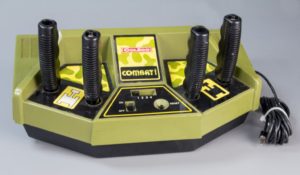
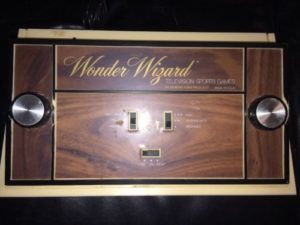
The Late 70s – Nintendo, Mattel, and Philips in the Spotlight
By the end of the 70s, Nintendo became a major figure on the console gaming market. However, the Color TV Game Series was available only in Japan.
In 1979, Mattel introduced the Intellivision console. Coleco continued paving its way to growth by releasing Telstar Sportsman, Colortron, Marksman, and Gemini consoles.
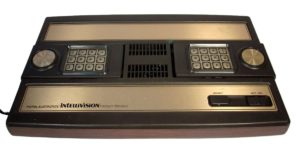
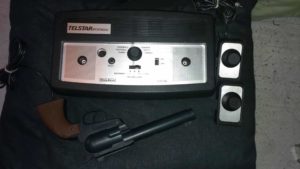

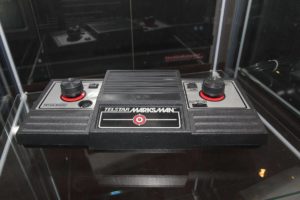
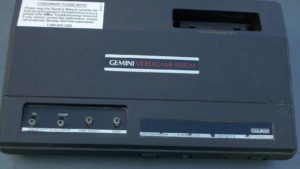
Magnavox also unleashed several upgraded consoles that play Pong-based games. In 1974, Philips bought Magnavox and released Philips Odyssey 2, Philips Odyssey 2001, and Philips Odyssey 2100.
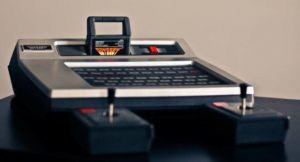
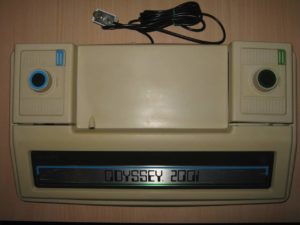
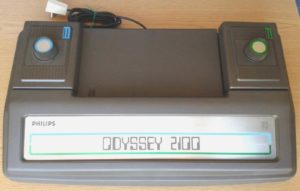
The Early 80s – The Golden Era
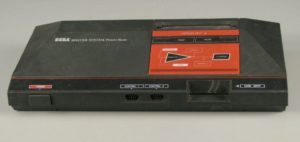
In the early 80s, the console gaming segment started to take the shape. This was a period of innovation. The industry made a deviation from the Pong games and took the first steps towards diversification and development of adventure, RPG, and fighting games. The early 80s is the era of Mario Bros, The Legend of Zelda, Final Fantasy, Golden Axe, and more. However, the most notable change was the shift from dedicated consoles with a handful of built-in games to cartridge-based video game systems.
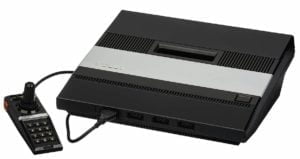
At that time, Sega and Nintendo dominated the market. In 1983, Sega released the SG-1000, but it achieved sporadic success due to the introduction of the NES console. Two years later, in 1985, Sega released the Sega Master System, which was well-accepted by players.
The competition did not fall behind, though. Atari released the 5200 model. Intellivision II and ColecoVision were also launched. However, none of these models managed to dethrone Sega and Nintendo. As a matter of fact, the ColecoVision was the last console the company has released.
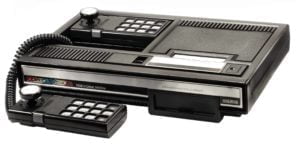
Late 80’s – Clash of the Titans
The war between Sega and Nintendo reached its peak. Both companies struggled to outshine each other and released more and more sophisticated pieces of gaming gear. Sega came up with the Mega Drive and Master System III, while Nintendo rolled out the Super Nintendo Entertainment System (SNES).
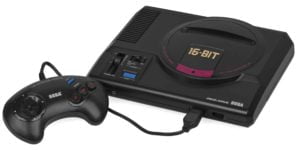
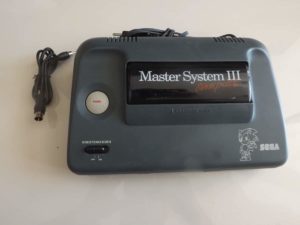
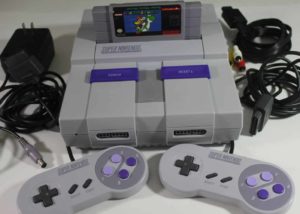
At that time, Atari released the 7800 model that offered backward compatibility with the legendary Atari 2600.
In 1990, SNK Neo Geo shook up the market with the introduction of the Neo Geo AES. The latter featured stunning for its time graphics, but the hefty price tag (the console itself cost $800, and each game cost $200) played a trick on SNK and the console did not achieve the expected overwhelming success.
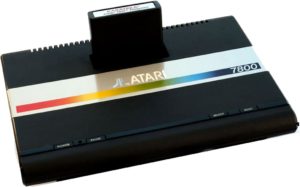
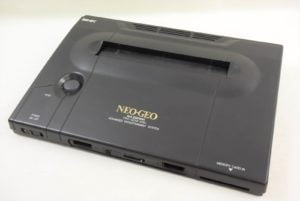
Early 90’s- Video Game Consoles (R)evolution
In the beginning of the 90’s, there was a considerable change in the way video game consoles functioned.
The year 1992 saw the launch of the first CD console – Philips CD-i. The next year, Sega CD was launched. In 1993, Atari introduced the Atari Jaguar, which was aimed to declare war to the 16-bit consoles available on the market. Sad as it may seem, the Jaguar was the last console Atari has released.
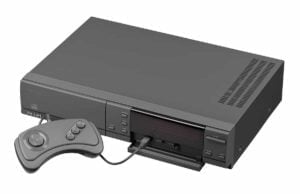
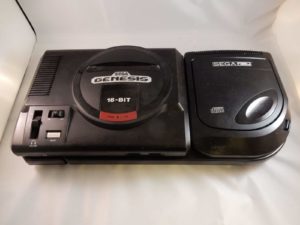
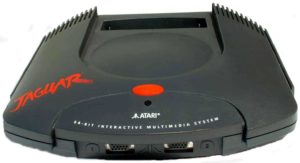
At that time, the console manufacturing was advancing with a tremendous speed. The Sega Saturn and Sony Playstation have quickly captured gamers’ attention.
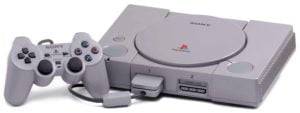
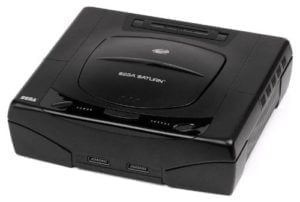
Late 90’s – Players Get Spoilt for Choice
Sega released the Genesis 2 console, followed by Genesis 3 (1997). It has also developed a new Saturn console to compete against the CD-based devices. Nintendo unleashed Nintendo 64 model. Nintendo’s Virtual Boy, released in 1995 had a head-mounted display to view 3D graphics.
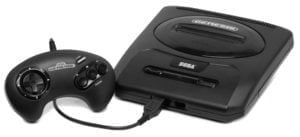
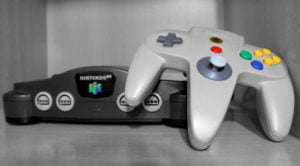
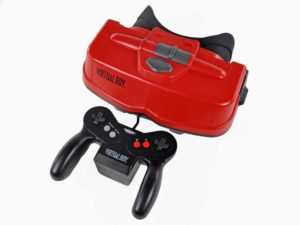
In 1998, Sega released the Dreamcast. The latter provided Internet support via a built-in modem for online playing, which gave it a serious advantage over the competition.
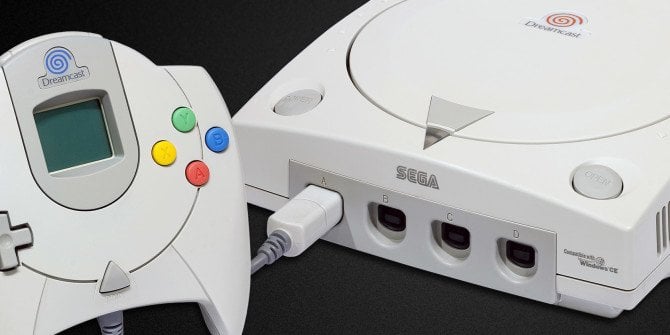
Early 2000’s – Nintendo, Microsoft, and Sony Enjoy International Fame
The beginning of the 2000s marked the arrival of Playstation 2. Nintendo has apparently realized that it was about time to unleash a device that can resist the tough competition. As a result, the Nintendo GameCube hit the stores in 2001. In the same year, Microsoft unleashed the Xbox console.
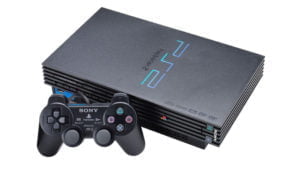
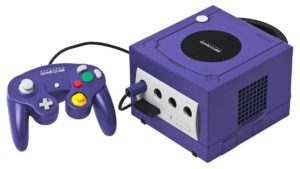
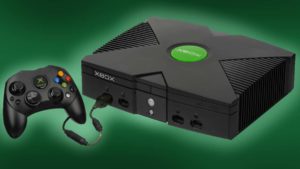
The Xbox arrived with a built-in hard drive enabling players to save games. The release of the Xbox Live allowed subscribers to team up and battle against others and download new content for their games.
Essentially, after three decades of experiments, the beginning of the new century brought stability and outlined the brands that would dominate the market for the decades to come.
2005-2010 – Reign of the Goliaths
In 2005, Microsoft released the Xbox 360. The year after, Sony released the Playstation 3. Both devices feature full 1080p HD graphics. The innovative remote of Nintendo Wii came to confirm that the console manufacturing has come a long way to provide players with unparalleled gaming experience.
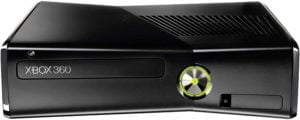
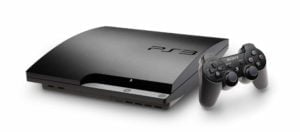
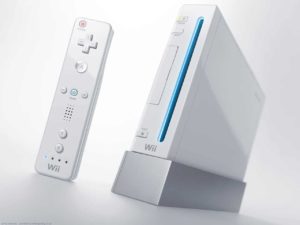
In 2006, Nintendo released the DS Lite. In 2009, players put their hands on the MotionPlus for Wii. The next year saw the arrival of Kinect for Xbox 360 and Move for PS3.
2011- Today – Commemorating the Past and Looking towards the Future
Contemporary console players have a plethora of top tier devices to choose from. In 2012, Sony released PS Vita; Nintendo rolled out Wii U and Wii Mini, and Nintendo 2DS. However, the arrival of PS4 in 2013 was a standout success. The device features a refined controller and faultless console design as well as a range of connected services for online gaming and media streaming. Shortly after, Microsoft released the Xbox One, which became the main PS4 competitor.
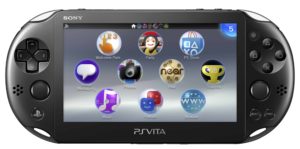
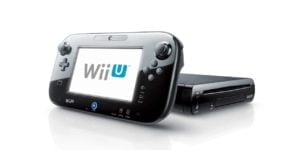
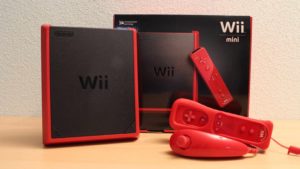
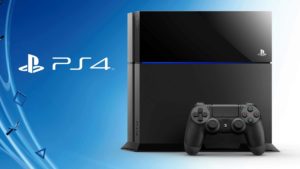
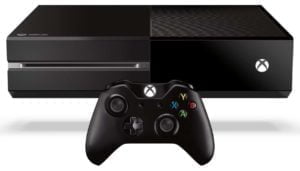
In 2014, the New Nintendo 3DS XL had its debut followed by the introduction of the New Nintendo 3DS.

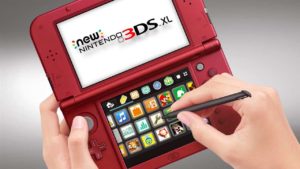
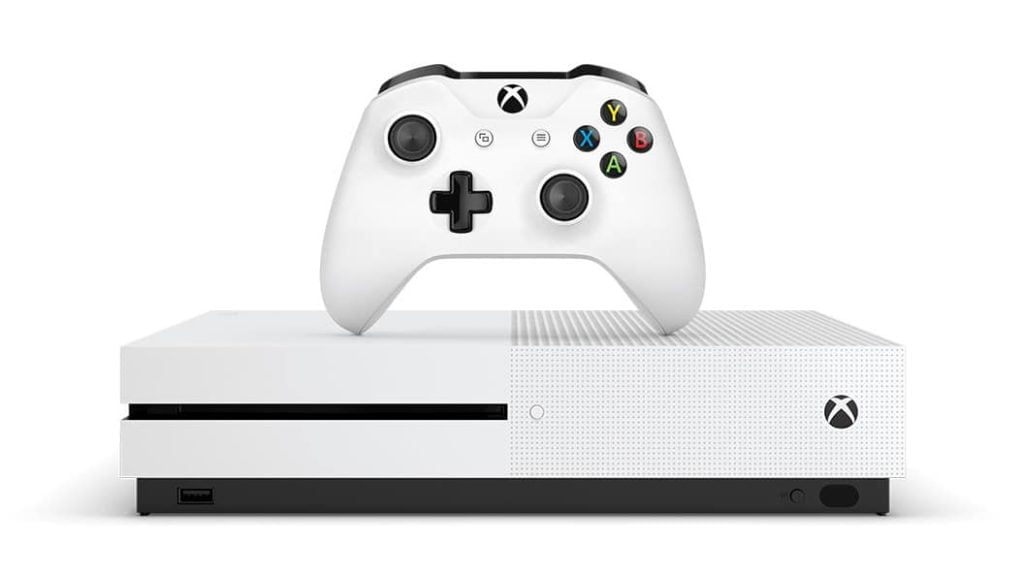
A year ago, on August 2nd 2016, Microsoft released the latest console in its line-up – Xbox One S. The latter is a powerful console that has 4K capabilities and beautiful minimalistic design. Sony also offered Playstation fans an upgrade and launched the PS4 Slim console.
Over the last couple of months, there has been a growing demand for retro gaming devices. The release of Nintendo Switch was a massive success. What is more, there have been serious supply issues as devices were sold out a way faster than expected. The return of the NES/ SNES consoles was also well-perceived by gamers whose nostalgia of the good old days once again led to supply shortages.
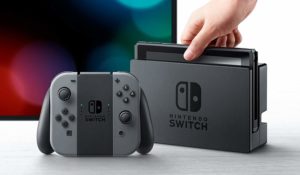
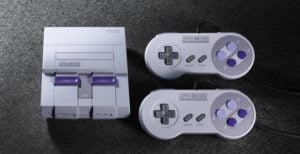
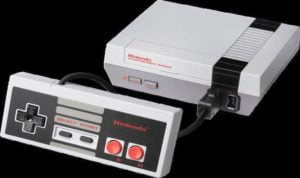
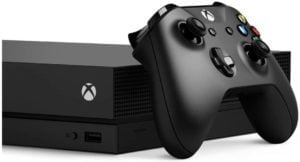
As for the upcoming video game console releases, the Xbox One X is to arrive with much fanfare on November 7th, 2017. Sony is reportedly working on a PS5 console.
Last, but not least, the year 2017 will long be associated with the return of Atari. Yes, you read that right. Atari is making a major comeback with the Ataribox gaming console. Although there is no information about an eventual release date, players already know what to expect in terms of design and technical specs.
Is there a best-selling video game console we have missed? Let us know by leaving a comment.
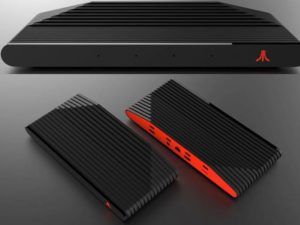
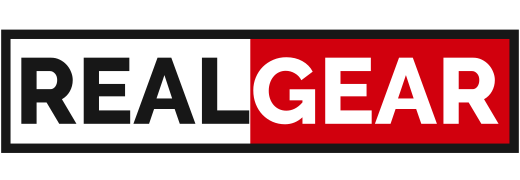
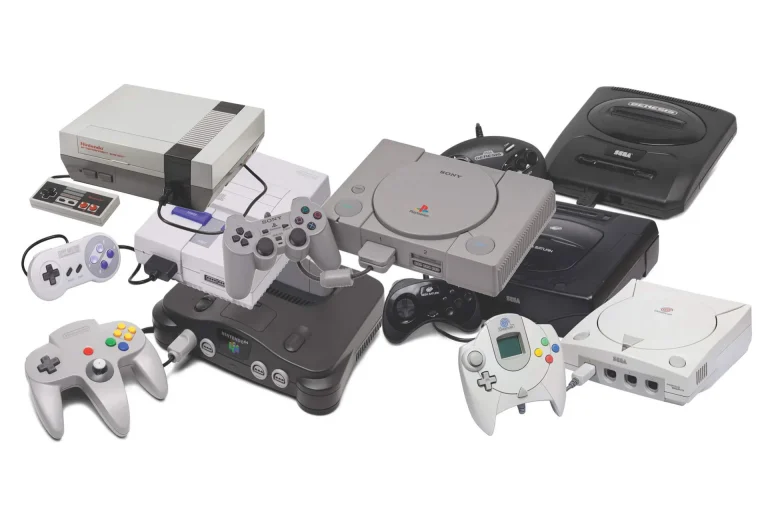
You missed the 3DO